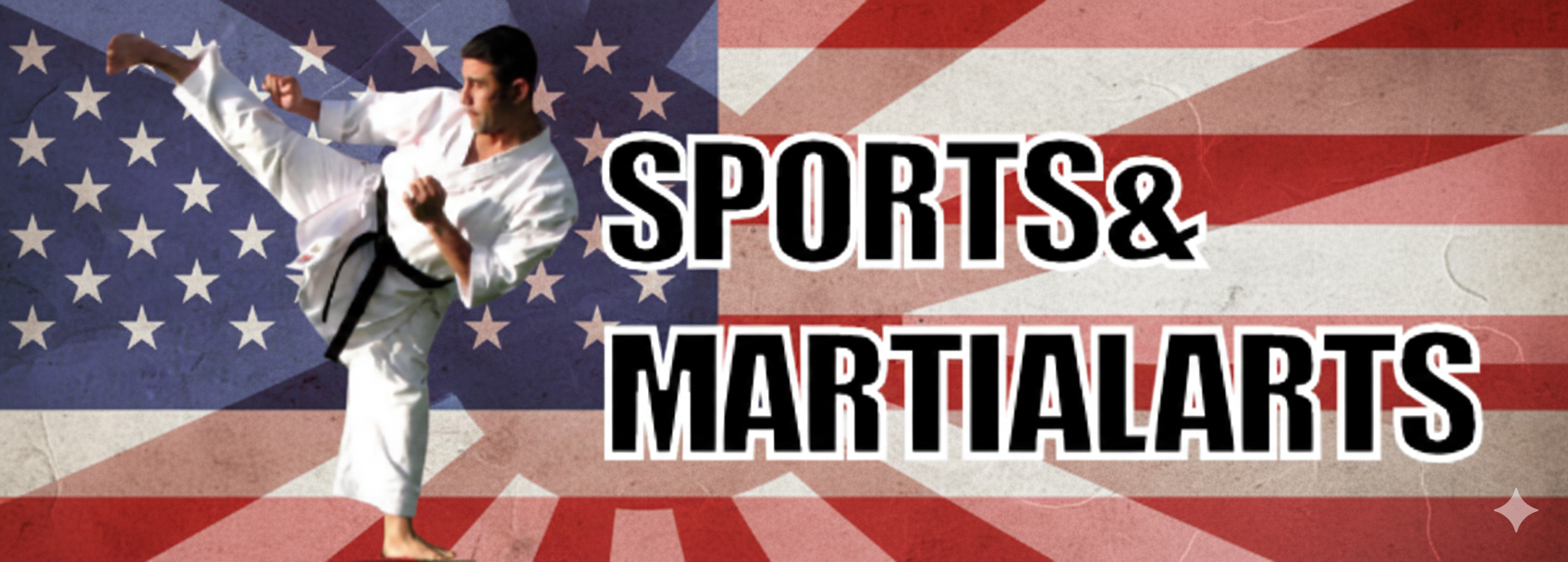Contents
- 1 Back Elbow Strike in Karate
- 1.1 Why the Back Elbow Strike is Essential for Self-Defense
- 1.2 How to Perform the Back Elbow Strike
- 1.3 Step 1: Assume the Horse Stance (Kiba Dachi)
- 1.4 Step 2: Prepare the First Elbow Strike
- 1.5 Step 3: Execute the Strike
- 1.6 Step 4: Transition to the Opposite Elbow Strike
- 1.7 Target Areas for the Back Elbow Strike
- 1.8 Recommendations for Mastering the Back Elbow Strike
- 1.9 The Role of this strike in Katas
- 1.10 Final Thoughts
- 1.11 Karate Requirements
- 1.12 Related
Back Elbow Strike in Karate
The back elbow strike, or ushiro hiji ate, is a dynamic and versatile technique in traditional karate. Found in katas and practiced widely, this strike is invaluable for self-defense, particularly against surprise attacks from behind, such as bear grabs. Its simplicity, effectiveness, and adaptability make it a must-learn for any karateka.
Why the Back Elbow Strike is Essential for Self-Defense
In real-world scenarios, attacks often come unexpectedly, especially from behind. The back elbow strike provides a quick and effective counter, utilizing the strength and sharpness of the elbow to neutralize the threat. This strike targets vulnerable areas of the attacker’s body, such as the stomach, ribs, or solar plexus, making it a practical choice for defending against close-range grappling or bear grabs.
How to Perform the Back Elbow Strike

Step 1: Assume the Horse Stance (Kiba Dachi)
Begin in a strong and grounded horse stance. This stance ensures stability and allows for powerful rotational movement when executing the strike.
Step 2: Prepare the First Elbow Strike
- Extend one arm straight to the front, aligning it with your chest.
- Look over your shoulder to locate the target behind you.
Step 3: Execute the Strike
- Drive your elbow backward sharply, aiming to connect with the attacker’s vulnerable areas.
- Maintain a compact movement, using your torso’s rotation to generate power.
Step 4: Transition to the Opposite Elbow Strike
- Extend your opposite arm forward.
- Look over the other shoulder to identify a new target or attacker.
- Drive the other elbow back with the same precision and power.
Practicing this sequence ensures you can strike effectively on both sides, increasing your adaptability in unpredictable situations.
Target Areas for the Back Elbow Strike

This elbow strike is highly effective when aimed at specific weak points:
- Stomach – Disrupts the attacker’s breathing and balance.
- Ribs – Causes sharp pain and can disable the opponent momentarily.
- Solar Plexus – Delivers a significant blow that can incapacitate the attacker.
Recommendations for Mastering the Back Elbow Strike
1. Practice in Katas
Incorporate the back elbow strike into your kata practice. Katas are pre-arranged sequences of movements that develop rhythm, precision, and technique. Regular practice of this strike within katas helps build muscle memory and improve the fluidity of your movements.
2. Work on Accuracy
Accuracy is essential for the effectiveness of a back elbow strike. Use a punching bag or a training dummy to refine your aim and precision. Focus on hitting your intended target consistently with the correct part of your elbow.
3. Focus on Core Strength
A strong core is critical for generating the rotational power required for a powerful back elbow strike. Incorporate exercises like planks, Russian twists, and medicine ball rotations into your training routine to strengthen your abdominal and oblique muscles.
4. Maintain Awareness
Before executing the strike, always look over your shoulder to locate and assess your target. This ensures that your strike is accurate and controlled, minimizing the risk of missing or striking ineffectively.
5. Pair with Other Techniques
For a more effective self-defense strategy, combine the back elbow strike with other complementary moves. For instance, pair it with a front kick or a block to create a seamless response to various attack scenarios.
The Role of this strike in Katas
Katas are traditional forms that teach rhythm, technique, and application. The back elbow strike often appears as a response to attacks from multiple directions. Practicing katas helps you internalize the movements, making them instinctive in real-life scenarios.
Final Thoughts
The back elbow strike is a powerful and essential tool in karate, especially for self-defense. Its inclusion in traditional katas underscores its importance and practicality. By mastering this technique, you’ll enhance your ability to protect yourself effectively in unexpected situations.
Train consistently, focus on your form, and always remain aware of your surroundings. A well-executed back elbow strike can make all the difference when it matters most.
Karate Requirements
- Karate Stances
- Karate Punches
- Karate Kicks
- Karate Blocks
- Karate Strikes
- Karate Traditional Katas
- Karate Traditional Weapons
- Karate General Terminology
Follow our Social Media!











